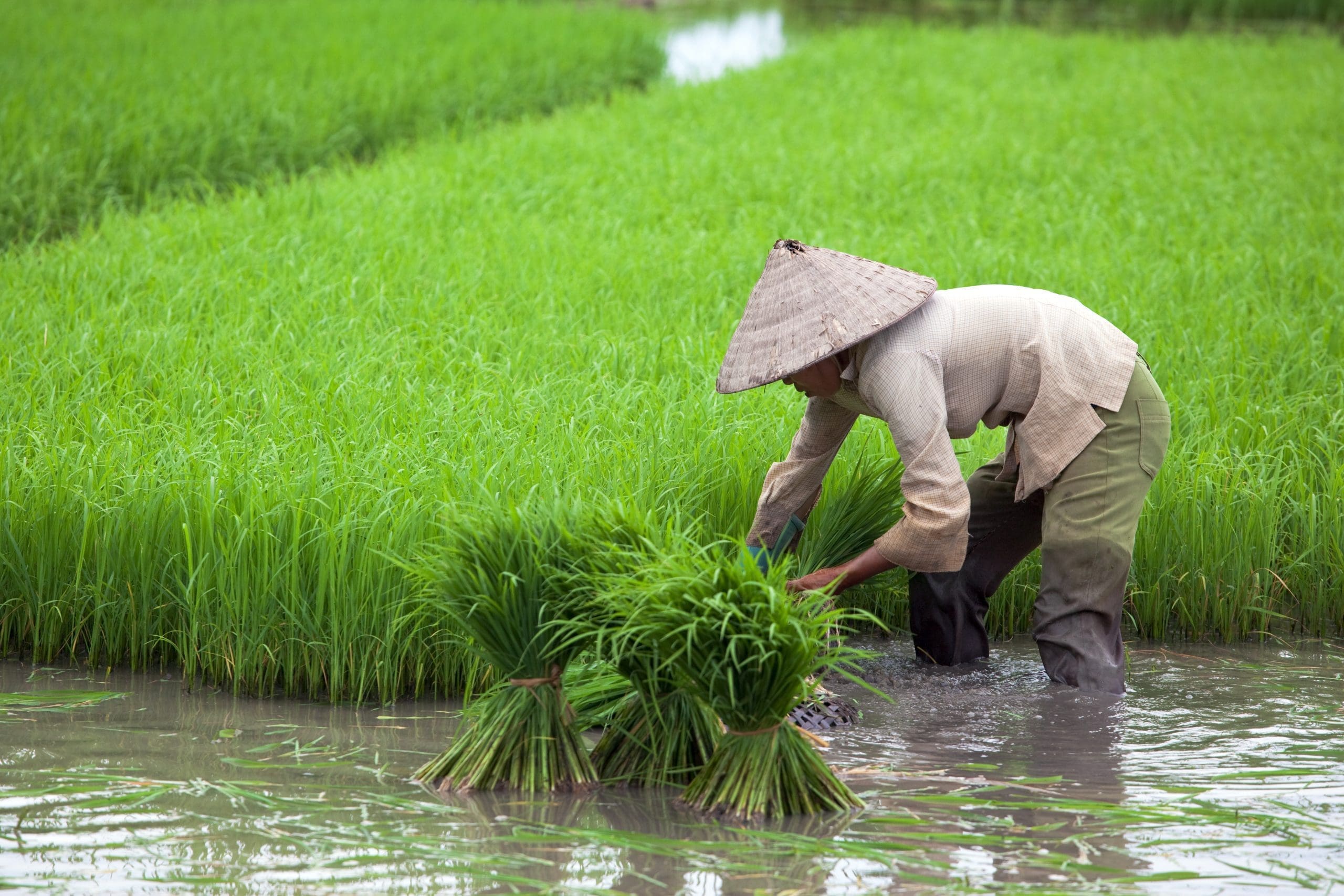
CTCN in Viet Nam: Priority setting for Nationally Determined Contributions (NDC) in rice production
CTCN, 23 April 2021
As in many other Asian countries, Viet Nam’s Intended Nationally Determined Contribution (INDC) explicitly mentions rice production as one of the targets for mitigation in the agriculture sector. Viet Nam therefore asked for the CTCN’s technical assistance to enable a wide range of stakeholders (from farming communities to policy makers) to assess costs/benefits of mitigation options as a means to prioritize suitable technologies for adoption and define investment portfolios and policies for Viet Nam’s rice production.
As part of this technical assistance, the workshop was conducted with different stakeholders to discuss the priority setting for Nationally Determined Contributions (NDC) implementation plan in rice production.
Mr. Nguyen Nhu Cuong, Director of Department of Crop Production (DCP) welcomed the participants to the workshop and emphasized Vietnam’s commitment to reducing greenhouse gas (GHG) emissions, especially in the agricultural sector. The agriculture sector produces 27.9% of the total GHG emissions in Vietnam, and the crop sector alone accounts for 49% of the total agricultural emissions.
Ms. Clara Landeiro, Regional Manager for Asia and the Pacific, acknowledged the considerable effort of Vietnam to reduce GHG emissions in rice by improving the efficient use of farming inputs and applying improved farming techniques and processes. She also expressed her gratitude to the national partners – Ministry of Agriculture and Rural Department (MARD), Institute for Policy and Strategy for Agriculture and Rural Development (IPSARD), and other stakeholders in the delivery of the tools; and her expectation that the tools would meaningfully support the government and farming communities to prioritize suitable low-carbon technologies for Vietnam’s rice production.
The implementation of mitigation and adaptation measures will be implemented starting later this year. In mitigation, 7 actions were determined in the rice sector, including four with domestic resources – costing 1,392 million USD and three with international support which requires the investment of 2,879 million USD.
Participants raised the need to develop a roadmap to implement the mitigation options in specific areas targeted for conversion.
Original article here.